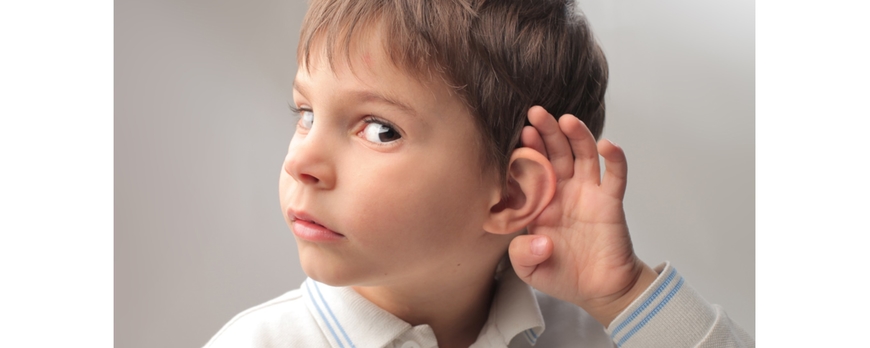Auditory Processing: How to Recognize an Auditory Processing Disorder in my Child

This post contains information regarding Auditory Processing Disorders and what to watch for in your child.
Many parents and educators have a hard time recognizing the signs and symptoms of an Auditory Processing Disorder (APD) in their child or students. Oftentimes parents or teachers think it is a hearing problem because they constantly need to repeat instructions or directions for the child. Children with auditory issues typically struggle with communication, speech and language, background noise and can display signs of ADHD or have difficulties with attention and focus. Auditory issues can have a direct impact on how children learn in the classroom, how they process information the teacher gives them, and what their behavior is like with other students.

While researchers don't have all the answers to how an auditory processing issue is developed, they are often found in children who have chronic ear infections, traumatic birth, head injuries and other disorders. A common misconception about auditory processing issues is that it can't be improved and there is no intervention. Because the auditory system continues to develop until a child is 15, there are many different ways parents and teachers can help their child strengthen their auditory learning at home and in the classroom.
In addition, it's important to know the differences of what an auditory issue is and what it is not, especially if a child could potentially be misdiagnosed with another type of learning challenge. It could mean the difference in how to help a child and what intervention is right or wrong for their specific needs.
